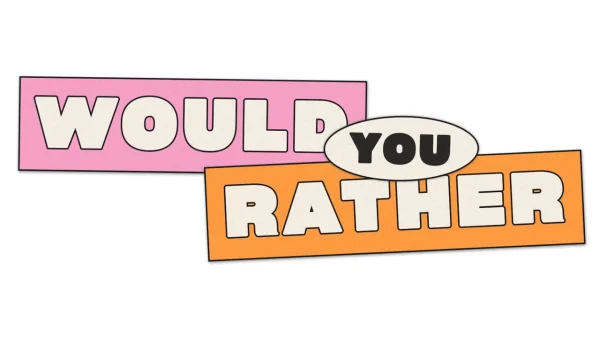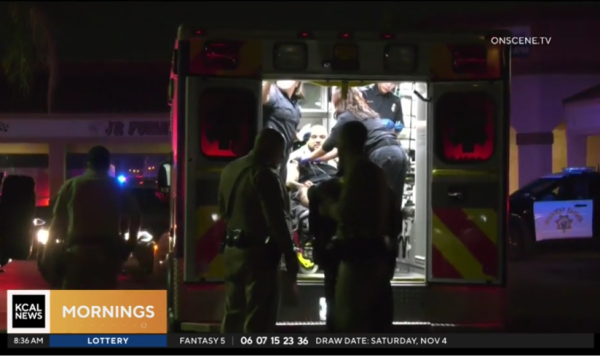California Abolished the Bail System
September 6, 2018
You read the title correctly. California has become the first state to get rid of the bail system. Is this the first step to greater equality between the rich and the poor, or is this just another piece of legislation that is simply too good to be true?
On August 28th, Governor Jerry Brown signed the bail reform bill, Senate Bill 10, that essentially eliminates the bail amount in an attempt to secure greater equality for all. This will go into effect on October 1st, 2019.
Without the bail system, one must wonder what alterations have been made, in order to fill the gap left by the bail system. According to Jazmine Ulloa, an LA Times reporter, “under last-minute changes, judges would have greater power to decide which people are a danger to the community and should be held without any possibility of release in a practice” which is called preventive detention.
Those charged with minor crimes will be released within twelve hours without appearing before a judge, while others will receive a risk assessment. For those determined to be a low or medium risk to society, they will primarily be released, with some under supervision. These individuals will have been charged with nonviolent felonies or low-level crimes. For high-risk individuals, they will remain detained until a hearing in court, where a judge will decide if they should continue to be detained – a decision made after viewing criminal history and other factors.
Although the bill has garnered a lot of support, there have been concerns.
One major consequence of this course of action is the end of the bail bonds industry – without bails, their services are no longer required. There are a multitude of bail bond businesses in California, many of which are family run. When this law goes into effect, they will be forced to find new jobs.
A bondsman in California, T. J. Esposito, states that “two-thirds of people released on their own recognizance fail to appear in court while only 4 percent of defendants nationwide fail to show because they know the bondsman will rescind the bail amount”, and that without any bail, those released have no motivation to go to court.
In an attempt to fight the bill, bail bond businesses are trying to put the bill up to a vote of the electorate. As found by John Myers of LA Times, they “need 365,880 valid voter signatures to earn a place on the ballot” within 90 days after the governor has signed the bill. The time limit will make this difficult, but it is feasible.
Some criminal justice reform groups, such as American Civil Liberties Union, Civil Rights Corps and California Attorneys for Criminal Justice, have redacted their support for the bill, out of concern regarding a judge’s ability to discern whether someone is a threat to society or not. Many fear that racial biases will sway their decision, resulting in a large concentration of detained minorities.
However, others remain confident in the bill. As mentioned by Megan Flynn, “Lawmakers…have said the new law prioritizes public safety in a way that takes money out of the equation. Those who are ordered detained will still have opportunities to argue for their release with attorneys at detention hearings.” In their eyes, the bill solves more problems than it creates.
The primary goal of the bill was to eliminate the inequality between the rich and the poor when at court – while that was accomplished, this reform raises a plethora of questions that demand answers.
For now, all we can do is wait and see if this move was the right one.























Jacob Garcia • Sep 10, 2018 at 1:24 pm
Aye, that’s pretty good.